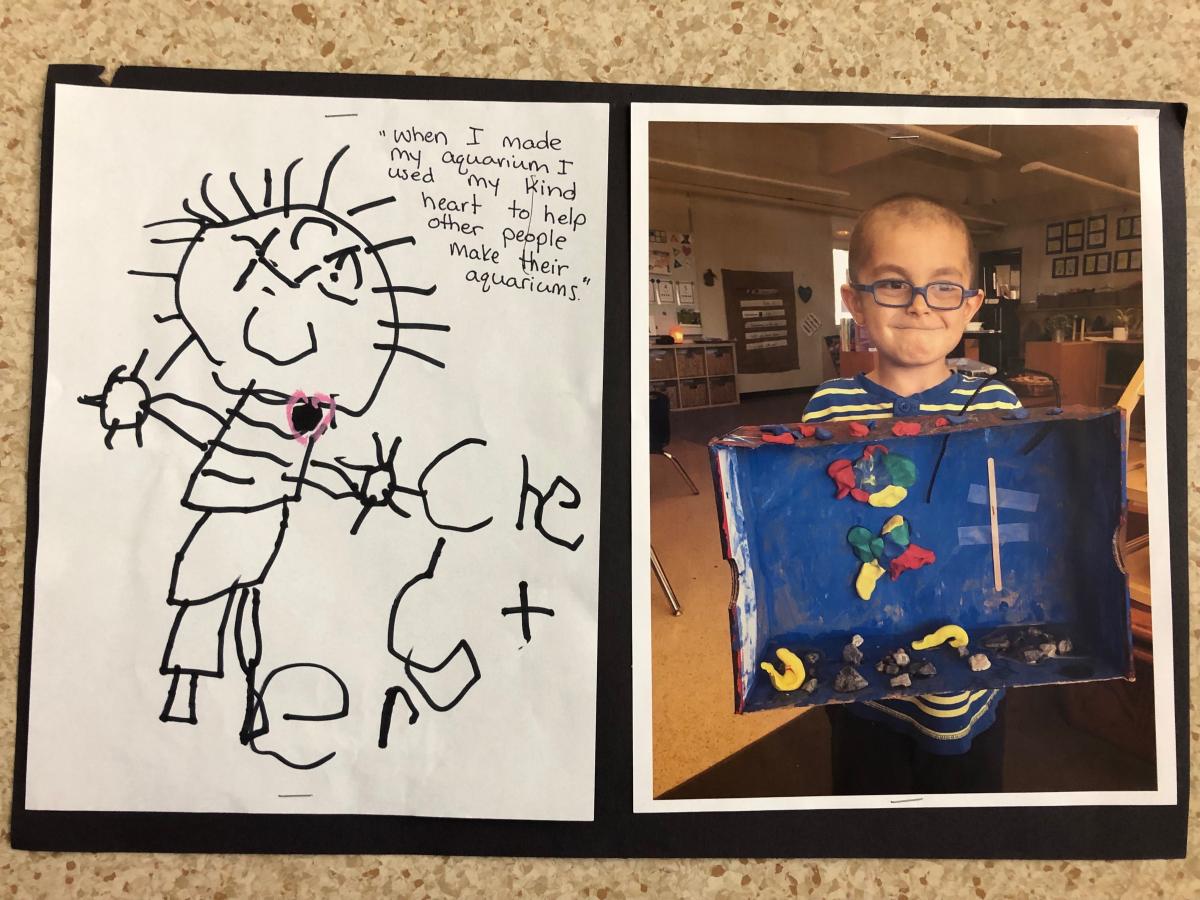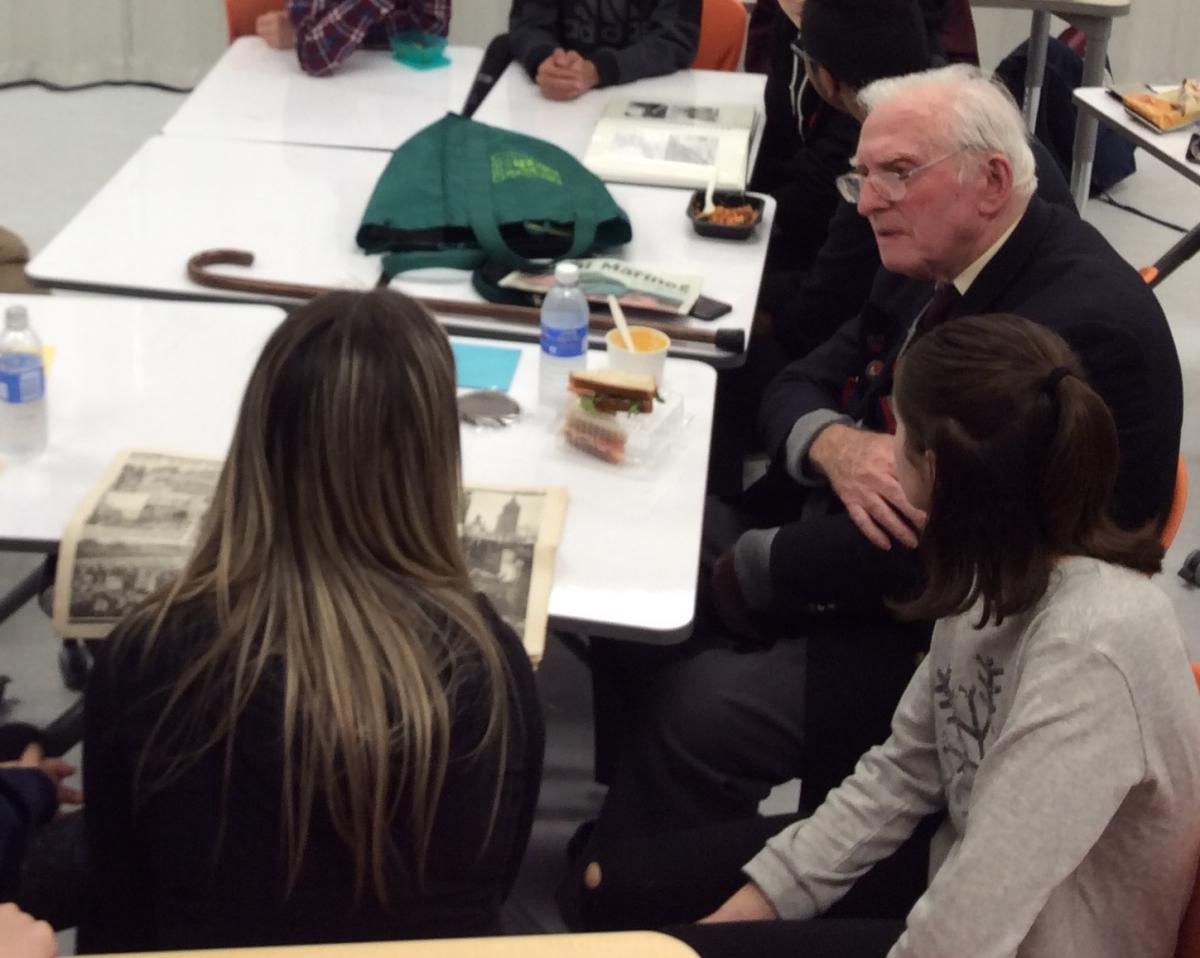Illustration Elements
Illustration Éléments
Context
The Teacher’s Voice
Students in my classroom are often asked to consider social issues, particularly with reference to valuing diversity. This lesson was developed to prompt students to understand that design can be responsive to identified needs, in this case, the need for access to universal washrooms.
To design logos for a universal washroom, students:
- Analyzed design features for logos
- Developed understanding about Universal Washrooms
- Considered who needs access to Universal Washrooms
- Worked in design teams to create a logo for a universal washroom
- Shared their designs; offered and received feedback
- Pitched their design to the class
A detailed lesson plan can be found at the following website as part of a collection of SOGI resources.
http://www.lostboysconsulting.ca/sd-41/
Illustration
Student Work Samples
Students recorded the iterations of their design process:
Students then presented their final logo design:
Student Reflection
I can gather and combine new evidence with what I already know to develop reasoned conclusions, judgments, or plans.
I can use what I know and observe to identify problems and ask questions. I explore and engage with materials and sources. I can develop or adapt criteria, check information, assess my thinking, and develop reasoned conclusions, judgments, or plans. I consider more than one way to proceed and make choices based on my reasoning and what I am trying to do. I can assess my own efforts and experiences and identify new goals. I give, receive, and act on constructive feedback.
I can get new ideas in areas in which I have an interest and build my skills to make them work.
I generate new ideas as I pursue my interests. I deliberately learn a lot about something by doing research, talking to others, or practising, so that I can generate new ideas about it; the ideas often seem to just pop into my head. I build the skills I need to make my ideas work, and I usually succeed, even if it takes a few tries.
I can advocate and take action for my communities and the natural world. I expect to make a difference.
I am aware of how others may feel and take steps to help them feel included. I maintain relationships with people from different generations. I work to make positive change in the communities I belong to and the natural environment. I can clarify problems or issues, generate multiple strategies, weigh consequences, compromise to meet the needs of others, and evaluate actions. I value differences; I appreciate that each person has unique gifts. I use respectful and inclusive language and behaviour, including in social media. I can advocate for others.
I communicate purposefully, using forms and strategies I have practiced.
I participate in conversations for a variety of purposes (e.g., to connect, help, be friendly, learn and share). I listen and respond to others. I can consider my purpose when I am choosing a form and content. I can communicate clearly about topics I know and understand well, using forms and strategies I have practiced. I gather the basic information I need and present it.










